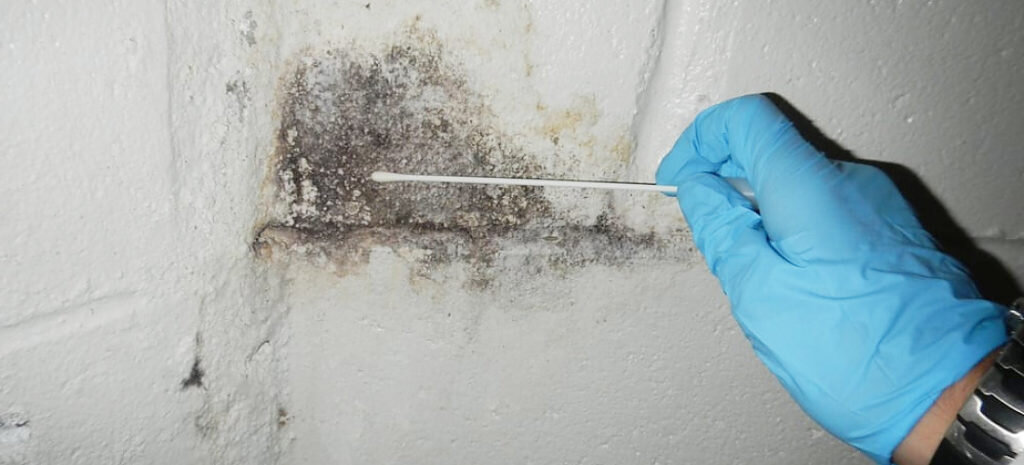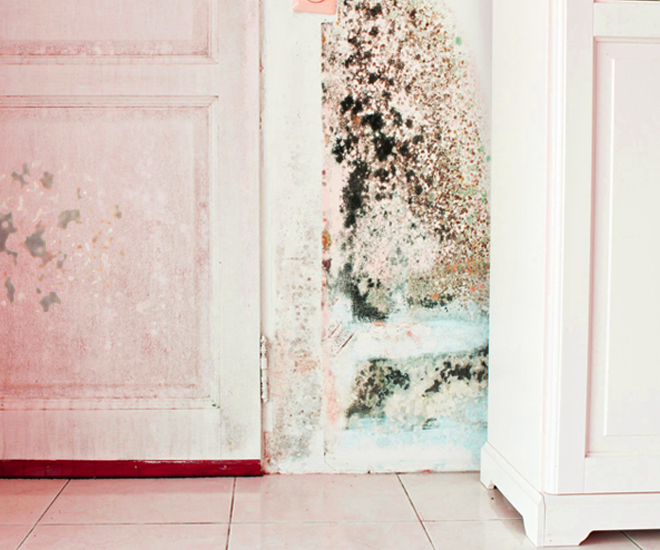Testing Air Quality After Mold Remediation
Testing Air Quality After Mold Remediation
Blog Article
Specialist Tips for Message Mold And Mildew Remediation Success
In the world of mold removal, efficiently removing mold and mildew is just half the fight; the true obstacle exists in stopping its reappearance. By adhering to professional ideas and finest practices, individuals can safeguard their spaces versus mold revival and preserve a healthy interior atmosphere.
Monitor Moisture Degrees Consistently
After finishing mold and mildew removal procedures, keeping optimal humidity levels is crucial to stop mold and mildew re-growth and ensure a healthy and balanced interior setting. High humidity levels over 60% develop a conducive environment for mold and mildew to grow, making regular checking a positive procedure to protect against any future mold and mildew issues.
Furthermore, developing a routine timetable for humidity checks, particularly in risky locations such as basements, kitchens, and shower rooms, is an aggressive method to mold and mildew prevention. By continually checking moisture levels, residential or commercial property proprietors can effectively alleviate the threat of mold reoccurrence and keep a healthy and balanced indoor setting post-remediation.
Conduct Thorough Inspections Post-Remediation
Following the completion of mold and mildew remediation procedures, it is important to carry out comprehensive inspections to validate the efficiency of the removal process. These post-remediation evaluations are critical in guaranteeing that the mold and mildew concern has been effectively addressed and that there is no recurrence or remaining mold development. Examinations should be performed by qualified professionals who have knowledge in recognizing mold and mildew and assessing indoor air quality.
During these evaluations, different techniques such as aesthetic assessments, air sampling, and surface tasting may be employed to thoroughly evaluate the remediated locations. Aesthetic analyses entail an in-depth examination of the facilities to inspect for any type of noticeable indicators of mold and mildew development or water damages. Air tasting aids in establishing the air-borne mold spore levels, while surface area tasting can find mold and mildew fragments on surface areas.
Implement Appropriate Ventilation Techniques
After ensuring the effectiveness of the mold and mildew removal procedure with complete examinations, the following important step is to concentrate on applying appropriate ventilation techniques. Sufficient ventilation is important in preventing mold and mildew reoccurrence by regulating wetness levels and advertising air flow. To accomplish this, it is recommended to use exhaust fans in locations prone to high moisture, such as washrooms and kitchens. In addition, opening up doors and home windows when weather condition allows can assist boost air flow and reduce dampness build-up. Air dehumidifiers and cleansers are additionally beneficial tools in keeping optimal interior air quality.
Appropriate air flow not only help in preventing mold growth however additionally contributes to the general health and convenience of residents. By making certain ample ventilation throughout the residential property, you can reduce the risk of mold regrowth and create a much healthier living setting. Routine upkeep of ventilation systems, consisting of cleaning and filter replacements, is critical to maintaining effective air flow. Consulting with heating and cooling experts can give more insights into optimizing ventilation techniques for your certain residential or commercial property requirements.

Usage Mold-Resistant Materials for Repairs
To boost the long-term performance of mold and mildew remediation initiatives, integrating mold-resistant materials for fixings is vital in alleviating the risk of future mold and mildew development. Mold-resistant products are developed to withstand dampness and inhibit mold and mildew development, making them a crucial option for areas susceptible to wetness and moisture. When fixing areas influenced by mold and mildew, making use of materials such as mold-resistant drywall, mold-resistant paints, and mold-resistant caulking can assist prevent mold recurrence.
Mold-resistant drywall is an exceptional choice to traditional drywall in locations like basements and washrooms where moisture levels are higher. This type of drywall has a special finish that stands up to mold growth also when revealed to damp problems. Additionally, using mold-resistant paints having antimicrobial agents can further click for info inhibit mold development on ceilings and walls.
In areas where moisture prevails, such as bathroom and kitchens, using mold-resistant caulking around sinks, windows, and tubs can help seal out water and prevent mold and mildew from holding in cracks and crevices. By purchasing these mold-resistant products during repair services post-remediation, you can dramatically lower the probability of future mold issues and go to these guys maintain a much healthier indoor atmosphere.
Maintain Sanitation and Address Water Issues
After mold and mildew remediation, it is important to keep a tidy environment to avoid the regrowth of mold. Leaks, water invasion, or high moisture degrees can create the best reproduction ground for mold, so it is necessary to deal with any type of water-related issues quickly.
To maintain sanitation, take into consideration using HEPA filters in vacuums and air purifiers to trap mold spores and stop their circulation in the air. Furthermore, making sure correct ventilation in locations vulnerable to moisture build-up, such as kitchens and bathrooms, can aid keep humidity degrees in check. By remaining attentive regarding tidiness and attending to water issues promptly, you can properly protect against mold and mildew reinfestation and preserve a healthy interior setting.
Final Thought

In the world of mold and mildew removal, successfully eradicating mold and mildew is just half the battle; the true challenge lies in stopping its reappearance. After finishing mold and mildew remediation treatments, keeping optimum humidity degrees is vital to prevent mold re-growth and guarantee a healthy interior atmosphere. High moisture degrees over 60% develop a conducive environment for mold to thrive, making regular keeping an eye on an aggressive action to protect against any kind of future mold and mildew issues.
To boost the long-lasting performance of mold and mildew remediation efforts, including mold-resistant materials for repair work is crucial in mitigating the threat of future mold and mildew growth. After mold remediation, it is vital to maintain a clean environment to prevent the regrowth of mold.
Report this page